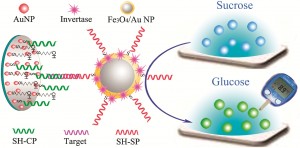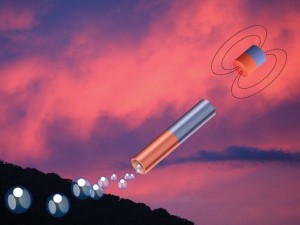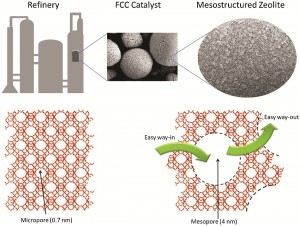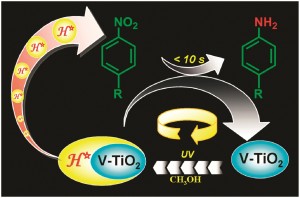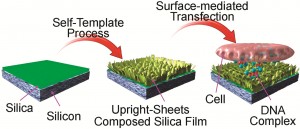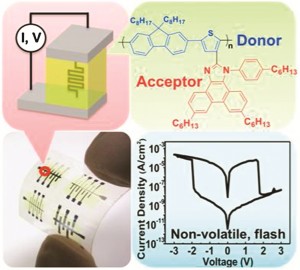This month sees the following articles in ChemComm that are in the top ten most accessed:-
Selective total encapsulation of the sulfate anion by neutral nano-jars
Isurika R. Fernando, Stuart A. Surmann, Alexander A. Urech, Alexander M. Poulsen and Gellert Mezei
Chem. Commun., 2012,48, 6860-6862, DOI: 10.1039/C2CC32074F, Communication
A highly sensitive “switch-on” fluorescent probe for protein quantification and visualization based on aggregation-induced emission
Fangfang Wang, Jiying Wen, Lingyun Huang, Jinjiu Huang and Jin Ouyang
Chem. Commun., 2012,48, 7395-7397, DOI: 10.1039/C2CC33172A, Communication
Enhancing the Stokes’ shift of BODIPY dyes via through-bond energy transfer and its application for Fe3+-detection in live cell imaging
Xingyu Qu, Quan Liu, Xiaoning Ji, Huachao Chen, Zhikuan Zhou and Zhen Shen
Chem. Commun., 2012,48, 4600-4602, DOI: 10.1039/C2CC31011B, Communication
Water-soluble ionic benzoporphyrins
Lin Jiang, Ross A. Zaenglein, James T. Engle, Chris Mittal, C. Scott Hartley, Christopher J. Ziegler and Hong Wang
Chem. Commun., 2012,48, 6927-6929, DOI: 10.1039/C2CC31057K, Communication
Ruthenium-catalyzed regioselective oxidative coupling of aromatic and heteroaromatic esters with alkenes under an open atmosphere
Kishor Padala, Sandeep Pimparkar, Padmaja Madasamy and Masilamani Jeganmohan
Chem. Commun., 2012,48, 7140-7142, DOI: 10.1039/C2CC33339B, Communication
Non-asymmetric organocatalysis
Polyssena Renzi and Marco Bella
Chem. Commun., 2012,48, 6881-6896, DOI: 10.1039/C2CC31599H, Feature Article
Fluorescent detection of cholesterol using ß-cyclodextrin functionalized graphene
Avijit Mondal and Nikhil R. Jana
Chem. Commun., 2012,48, 7316-7318, DOI: 10.1039/C2CC33410K, Communication
Personal glucose sensor for point-of-care early cancer diagnosis
Jiao Su, Jin Xu, Ying Chen, Yun Xiang, Ruo Yuan and Yaqin Chai
Chem. Commun., 2012,48, 6909-6911, DOI: 10.1039/C2CC32729E, Communication
A 12-connected metal-organic framework constructed from an unprecedented cyclic dodecanuclear copper cluster
Huan Zhang, Ying Lu, Zhiming Zhang, Hai Fu, Yangguang Li, Dirk Volkmer, Dmytro Denysenko and Enbo Wang
Chem. Commun., 2012,48, 7295-7297, DOI: 10.1039/C2CC32120C, Communication
Water-dispersible and biodegradable polymer micelles with good antibacterial efficacy
Weizhong Yuan, Jingren Wei, Hang Lu, Lang Fan and Jianzhong Du
Chem. Commun., 2012,48, 6857-6859, DOI: 10.1039/C2CC31529G, Communication
Why not take a look at the articles today and blog your thoughts and comments below.
Fancy submitting an article to ChemComm? Then why not submit to us today or alternatively contact us with your suggestions.


